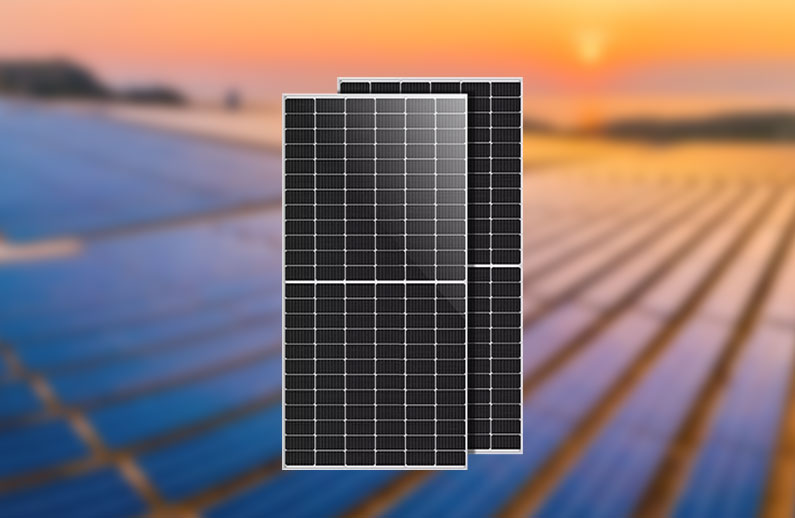The Benefits and Challenges of Solar Panels
Nov 16, 2023
In an era where sustainable energy is becoming increasingly crucial, solar panels have emerged as a beacon of hope for a greener future. Harnessing the abundant and renewable power of the sun, solar panels have evolved into a key player in the transition to clean energy. This blog explores the intricacies of solar panels, shedding light on their functionality, benefits, and the role they play in shaping a sustainable world.
The Science Behind Solar Panels:
At the heart of solar panels is the photovoltaic (PV) technology, a process that converts sunlight into electricity. The basic building blocks of solar panels are solar cells, typically made of silicon. When sunlight strikes these cells, it excites the electrons in the silicon atoms, generating an electric current. This direct current (DC) is then converted into alternating current (AC) by an inverter, making it compatible with the electrical systems of homes and businesses.
Commonly Types of Solar Panels:
Monocrystalline Solar Panels: Known for their high efficiency, monocrystalline panels are made from a single crystal structure, allowing them to convert sunlight into electricity with minimal energy loss.
Polycrystalline Solar Panels: These panels are made from multiple silicon crystals, making them cost-effective but slightly less efficient than monocrystalline panels.
Thin-Film Solar Panels: These panels use thin layers of photovoltaic materials and are lighter and more flexible than traditional panels. While less efficient, they are suitable for specific applications.
Benefits of Solar Panels:
Renewable Energy Source: Solar power is an infinitely renewable resource, providing a sustainable and eco-friendly alternative to traditional fossil fuels.
Reduced Electricity Bills: By generating your own electricity, you can significantly reduce or eliminate your reliance on the grid, leading to lower electricity bills over time.
Low Environmental Impact: Solar energy production has a minimal environmental impact compared to conventional energy sources, resulting in lower greenhouse gas emissions and reduced air and water pollution.
Financial Incentives: Many governments and local authorities offer financial incentives, tax credits, and rebates to encourage the adoption of solar energy, making it more affordable for homeowners and businesses.
While solar panels have seen remarkable advancements, challenges such as intermittency (dependence on sunlight), high initial costs, and the environmental impact of manufacturing still exist. However, ongoing research and development aim to address these issues and enhance the efficiency and affordability of solar technology.
As the world seeks sustainable alternatives to traditional energy sources, solar panels stand out as a beacon of hope. Their ability to harness the power of the sun and convert it into clean electricity has the potential to reshape the global energy landscape. While challenges persist, the ongoing innovations and investments in solar technology signal a brighter, cleaner future for generations to come. Embracing solar power is not just an investment in technology; it's an investment in a greener, more sustainable world.



 Network Supported
Network Supported